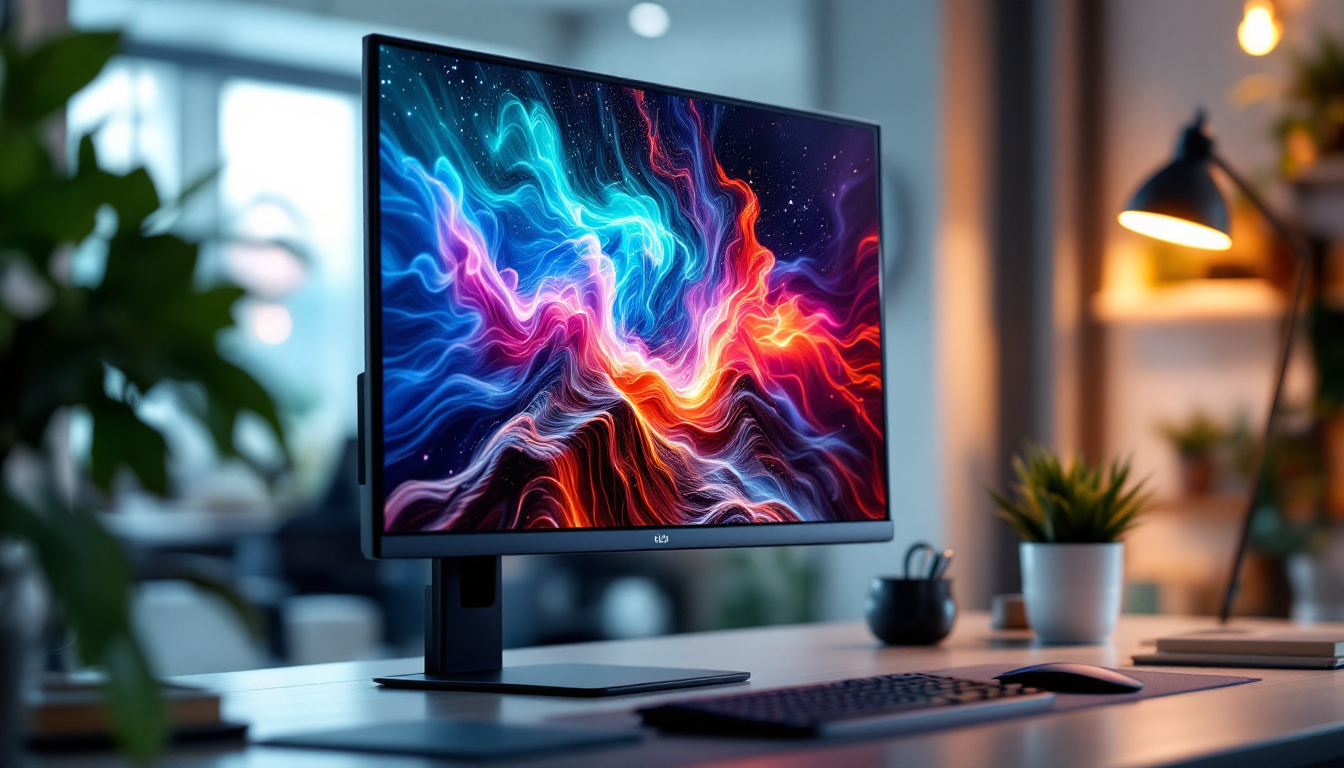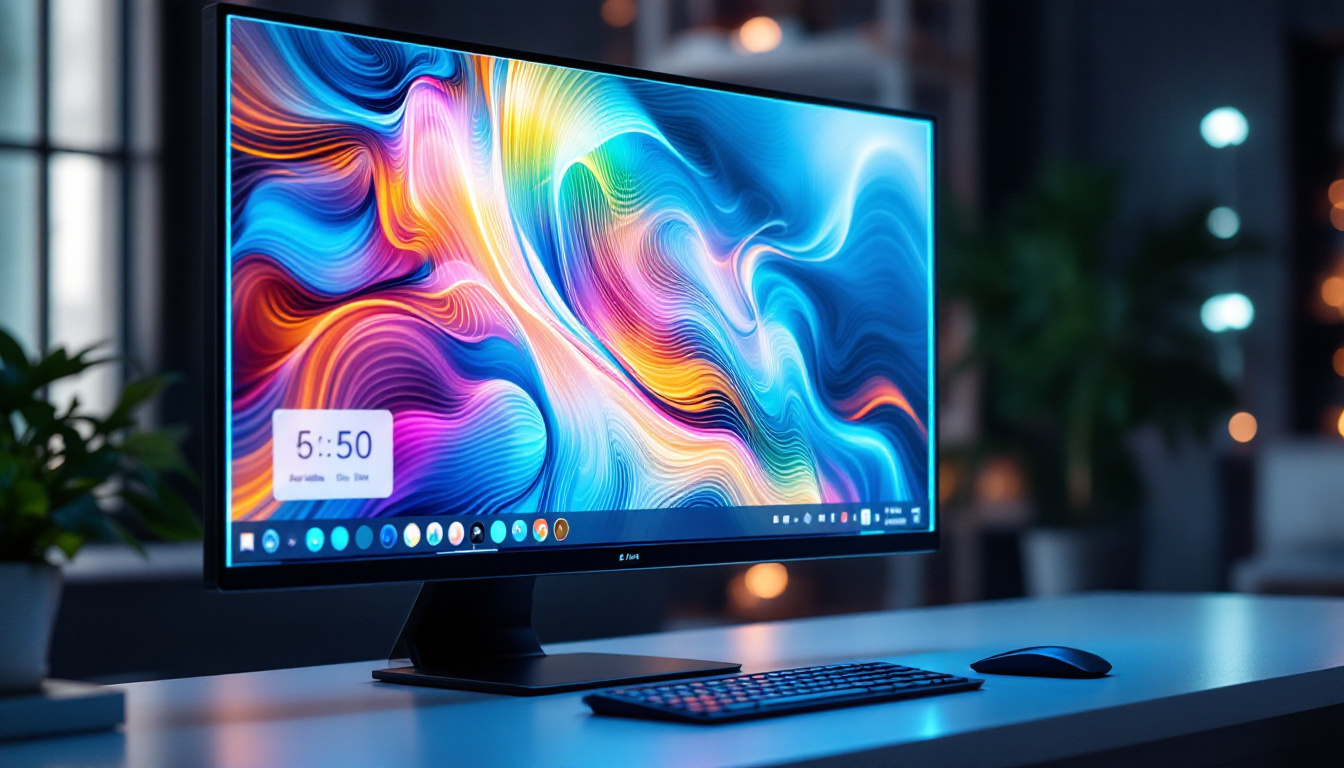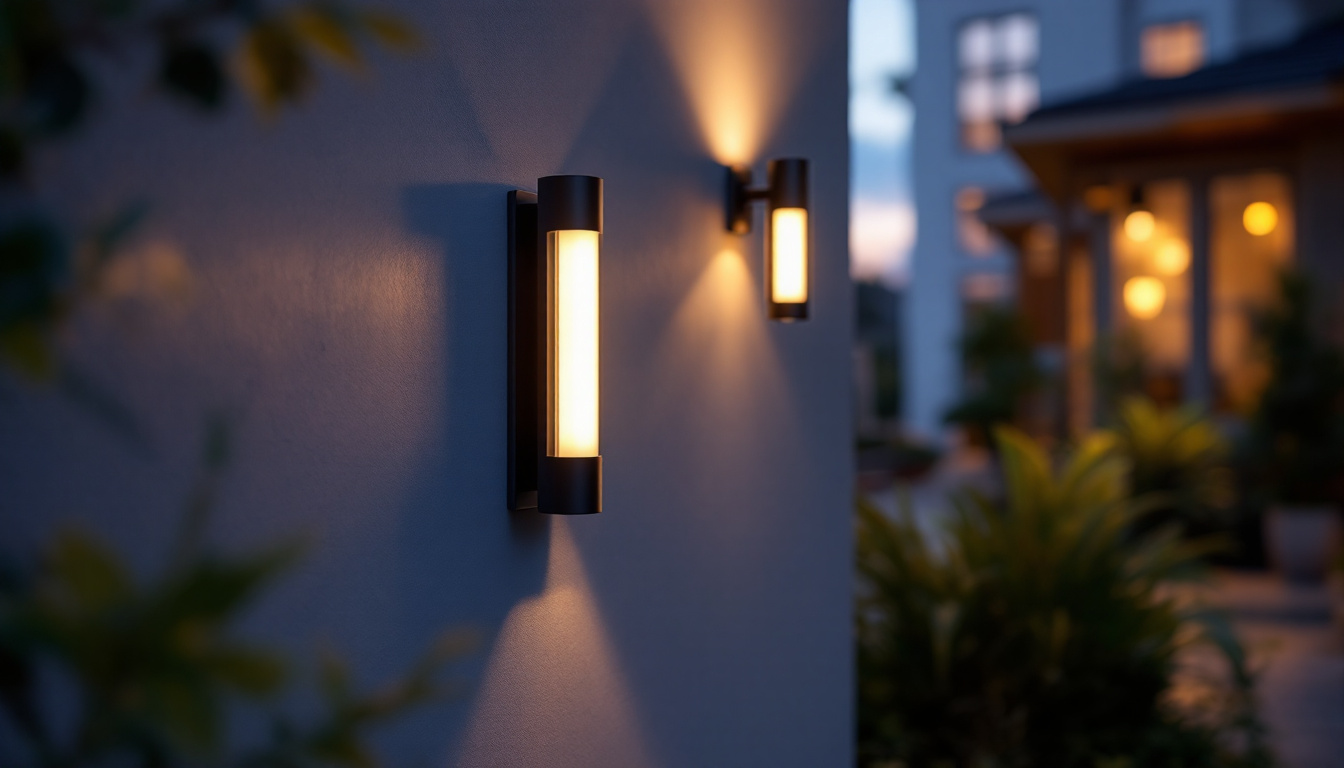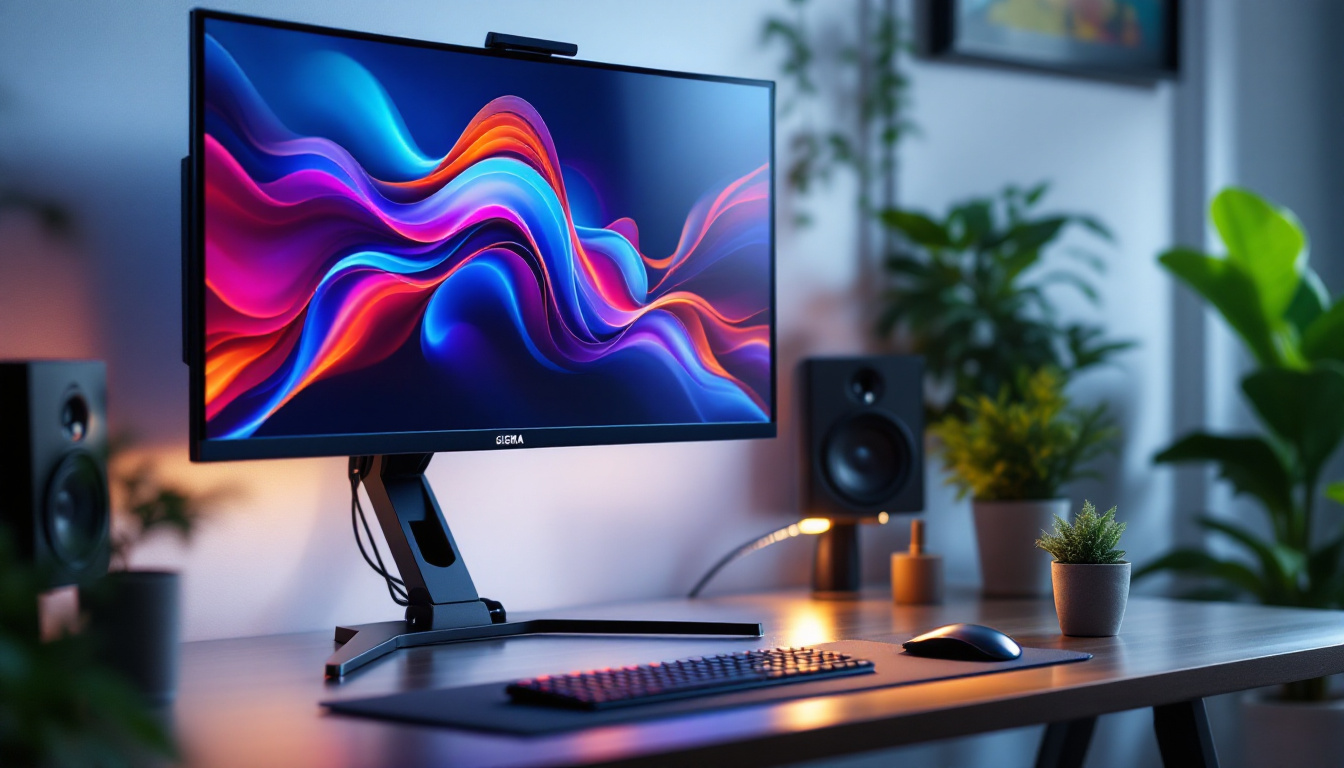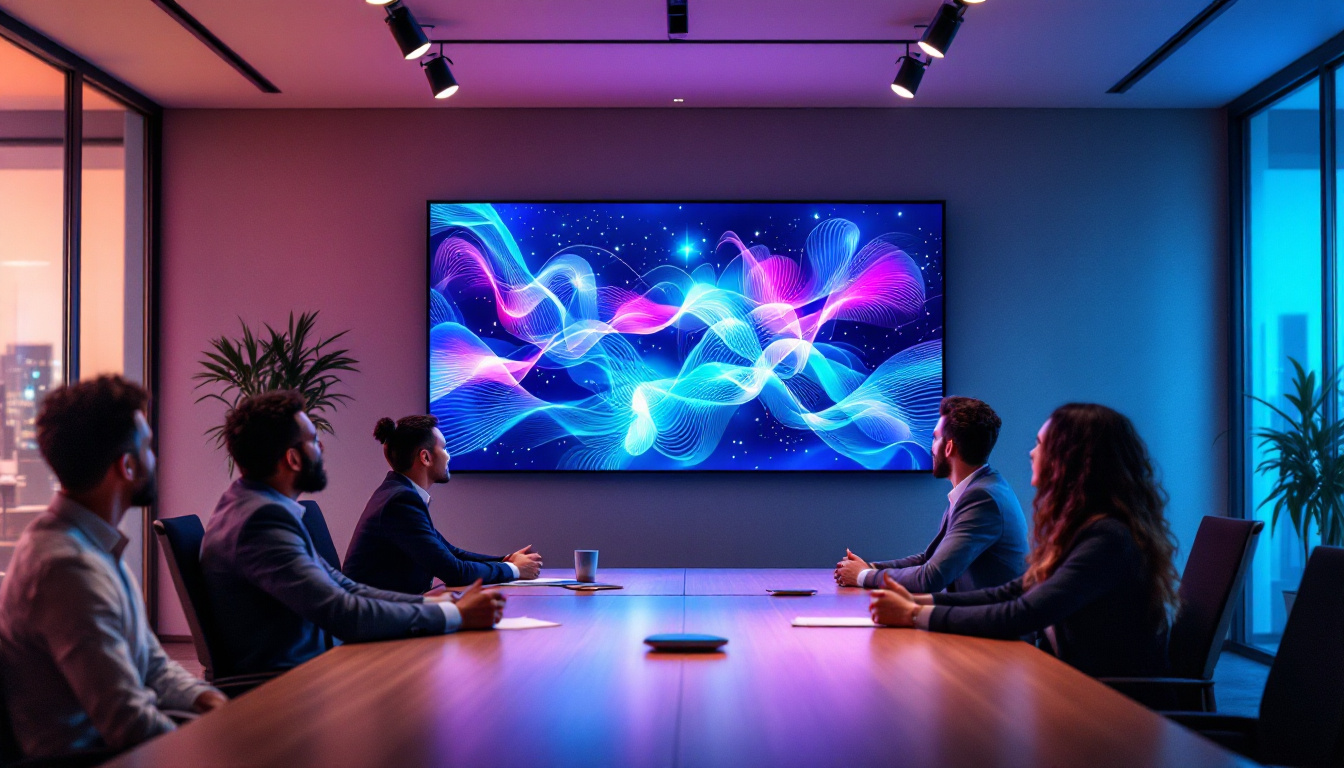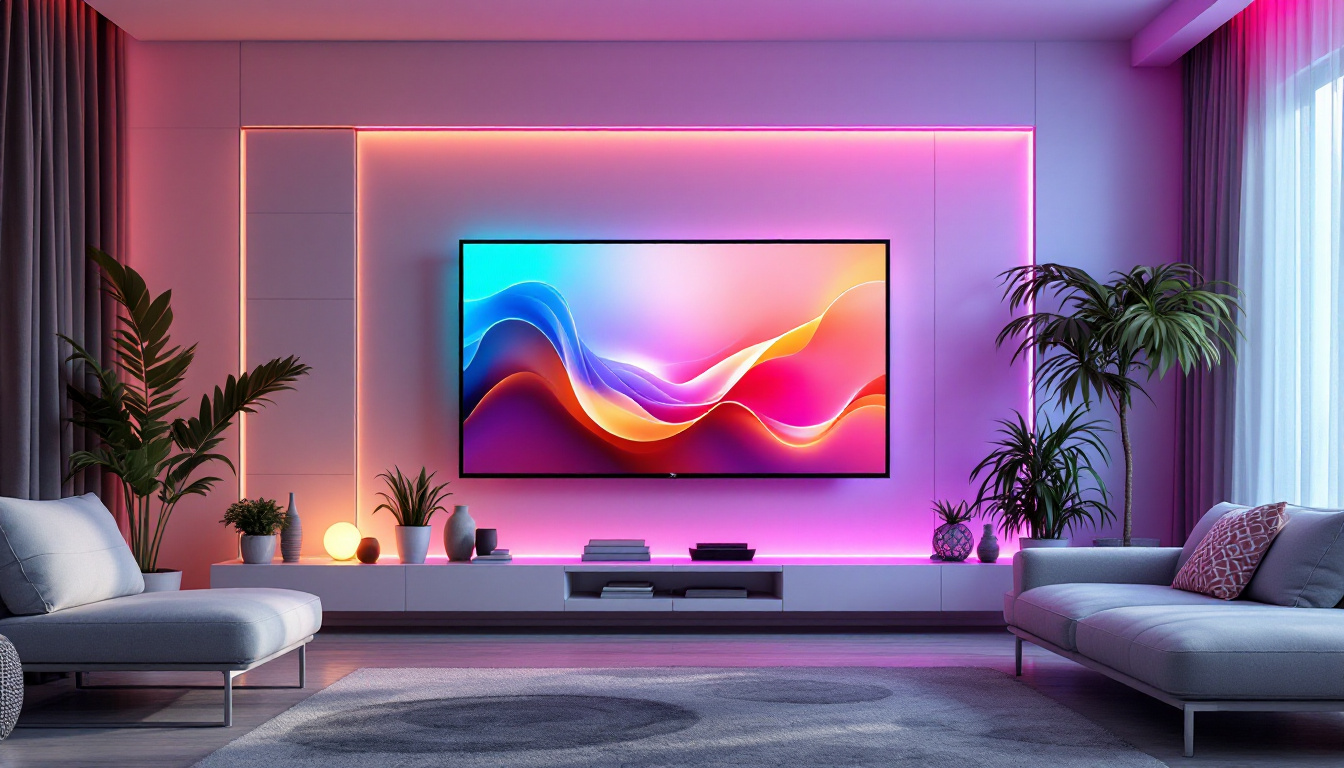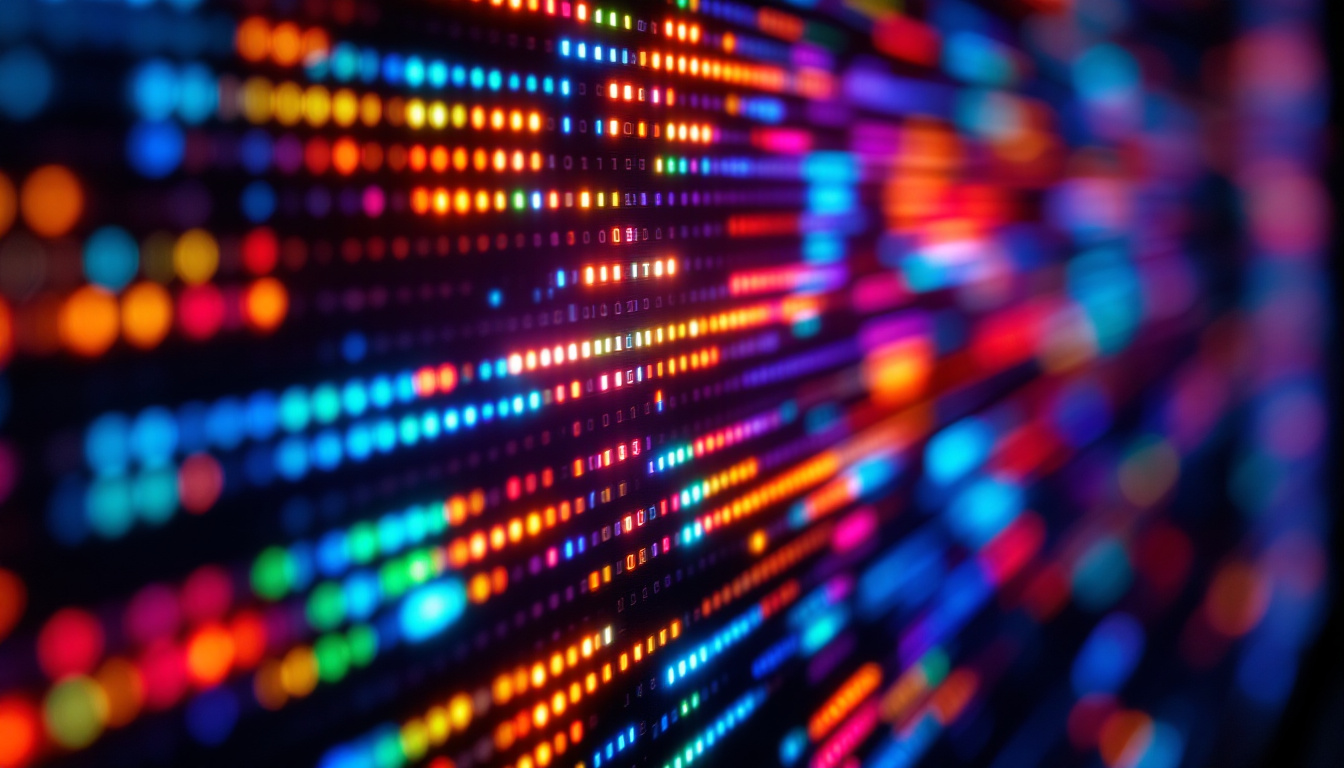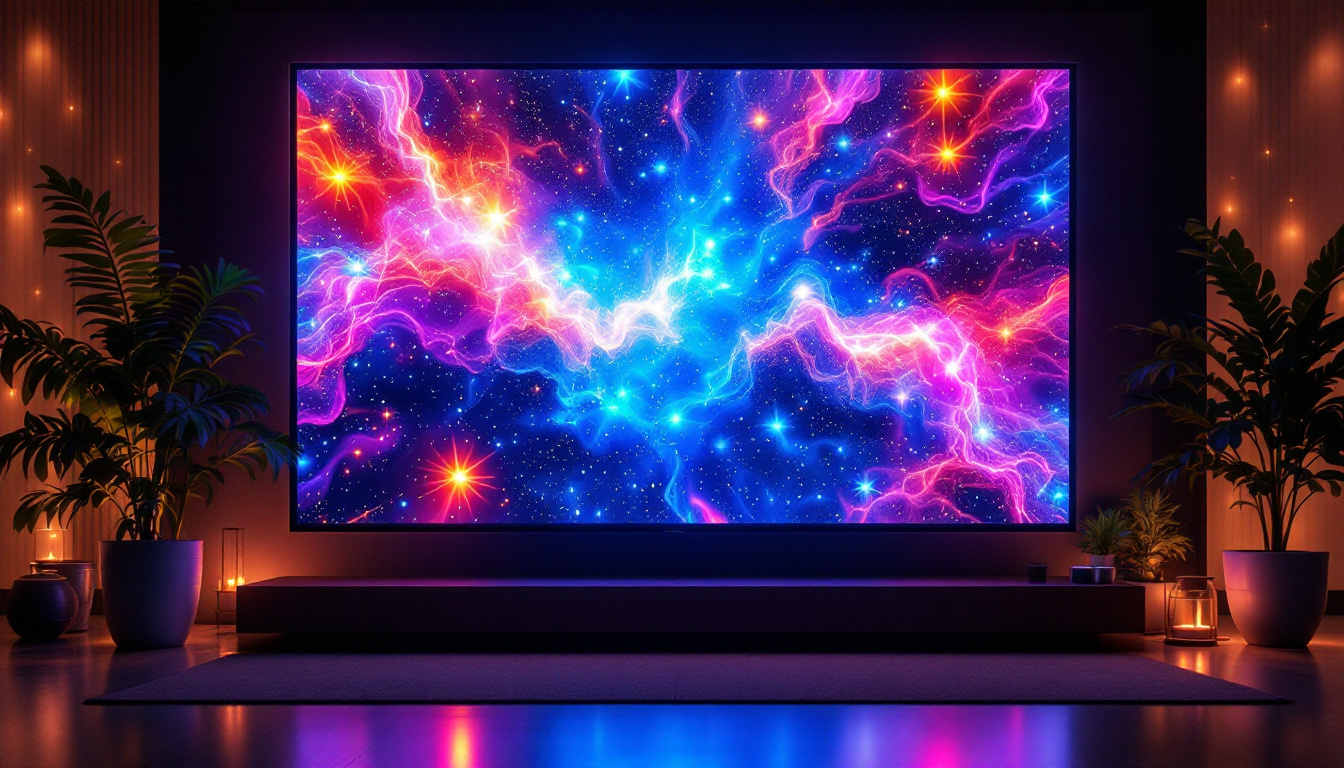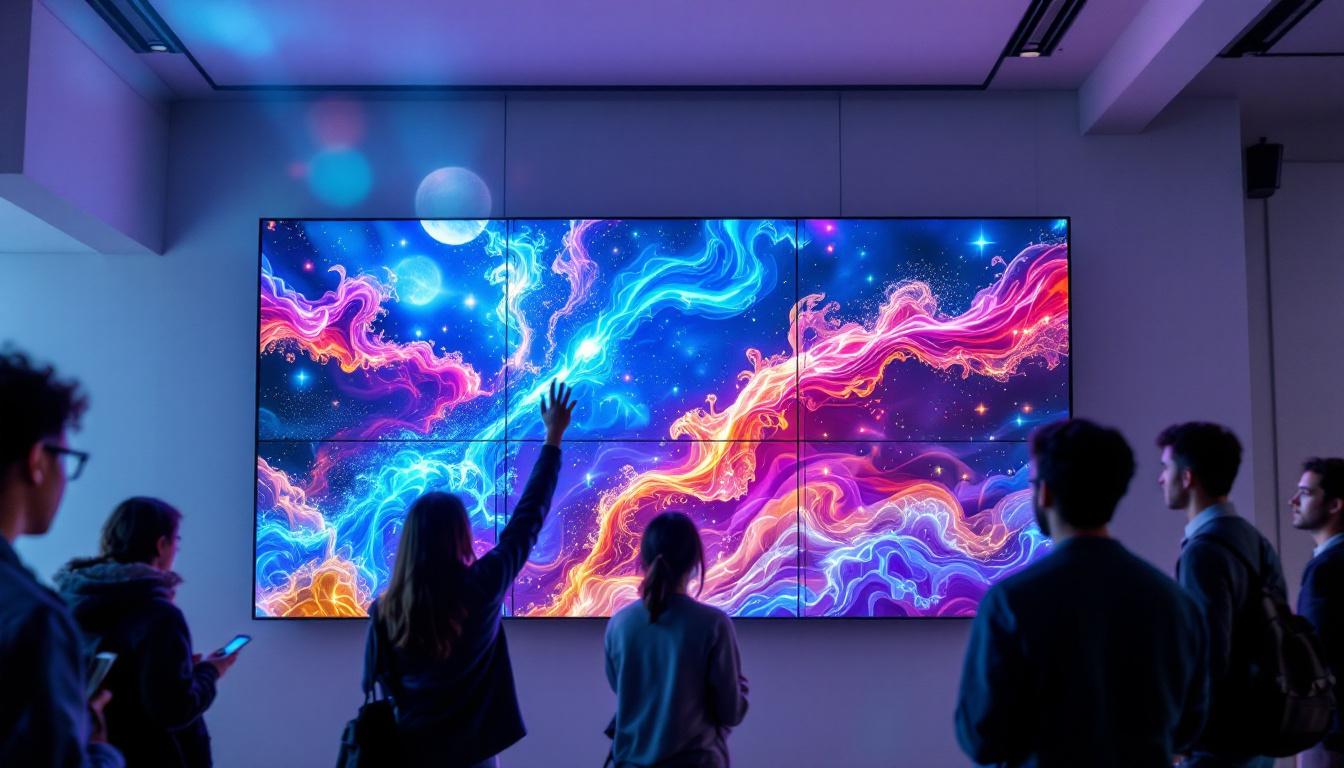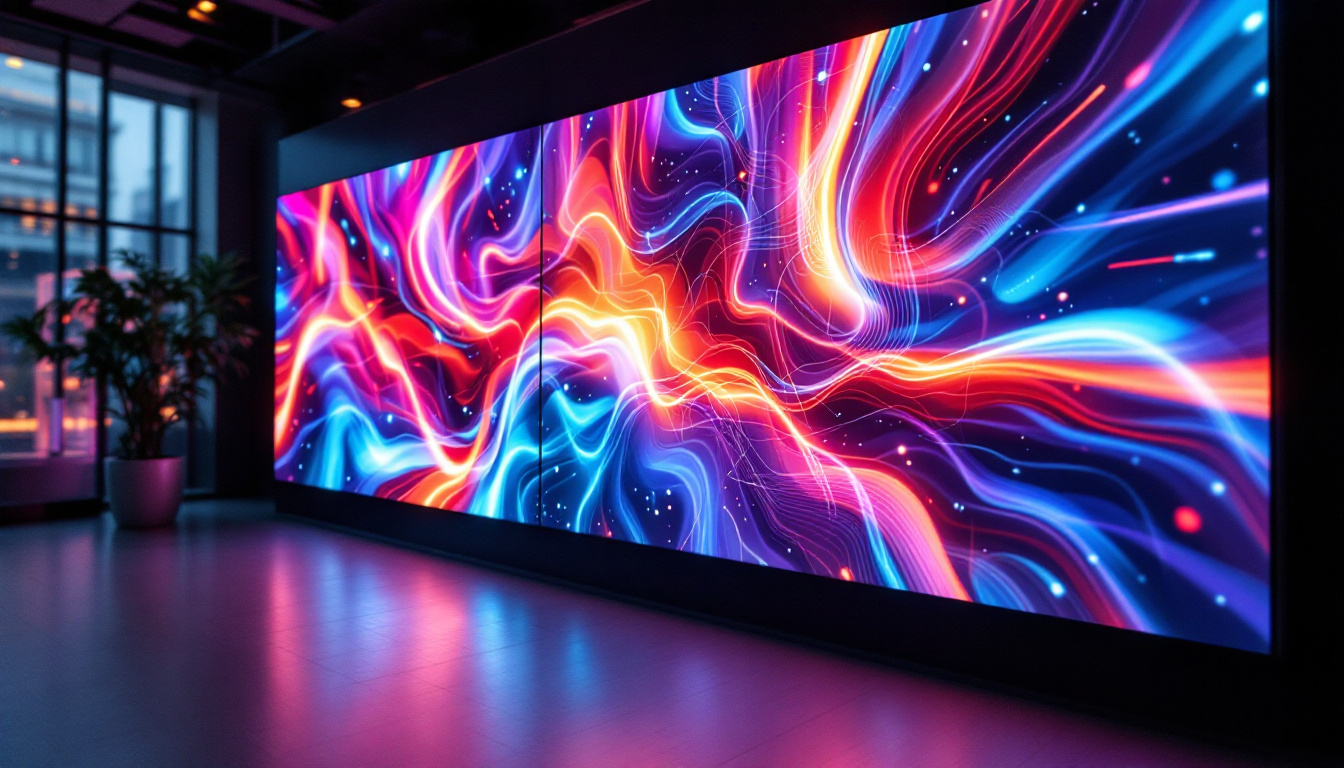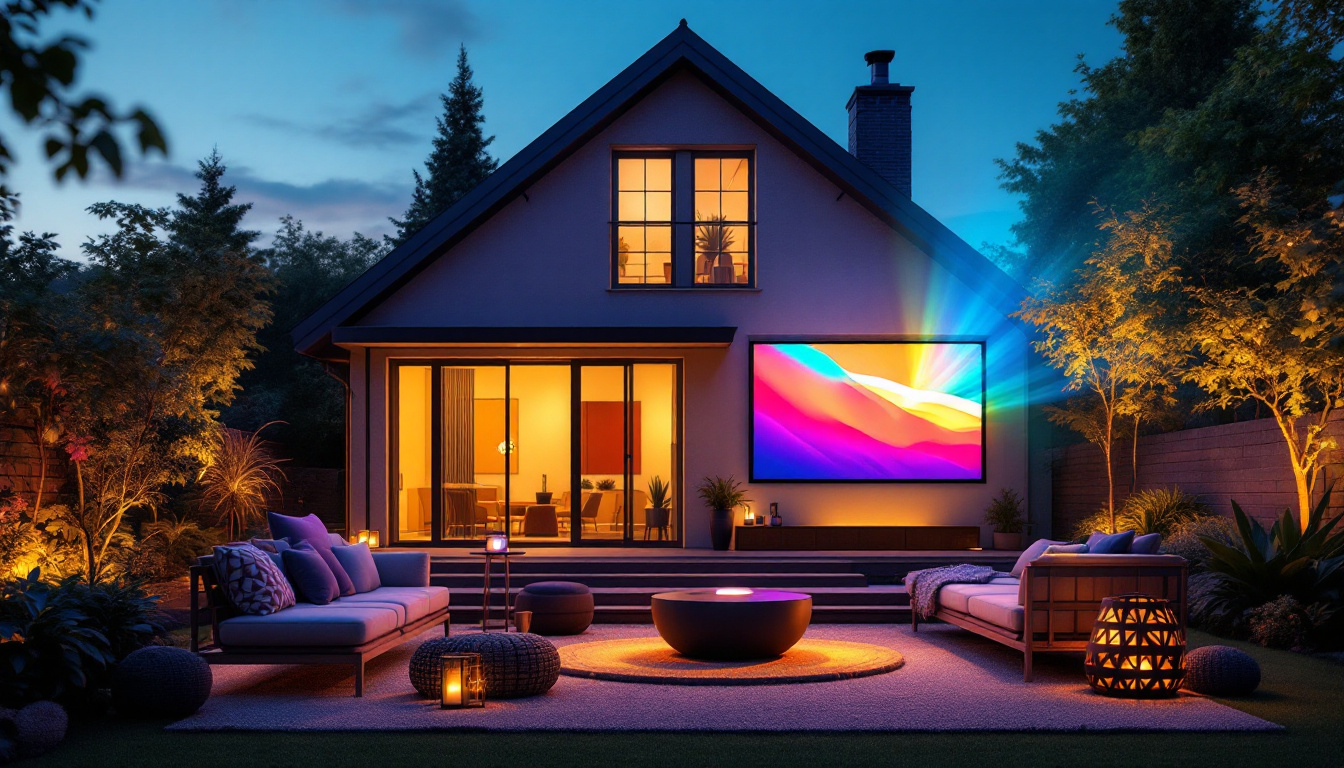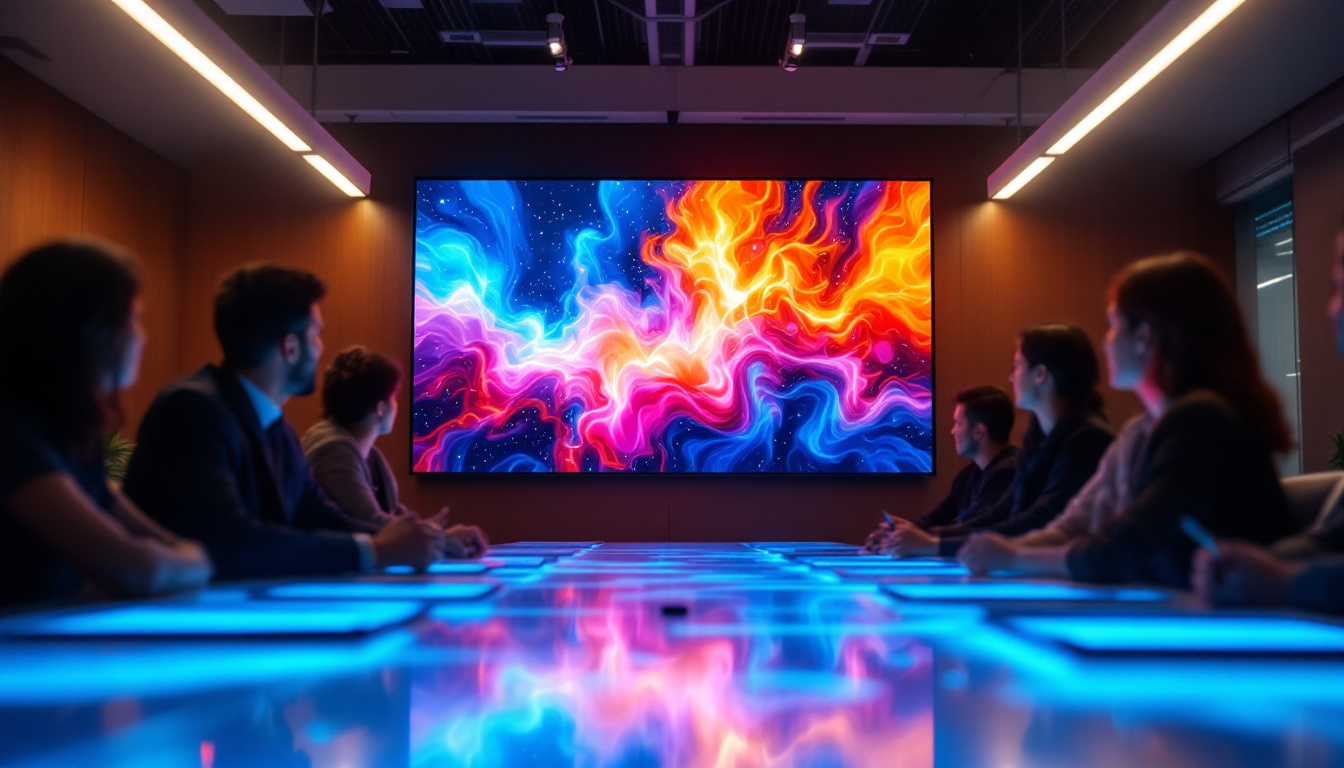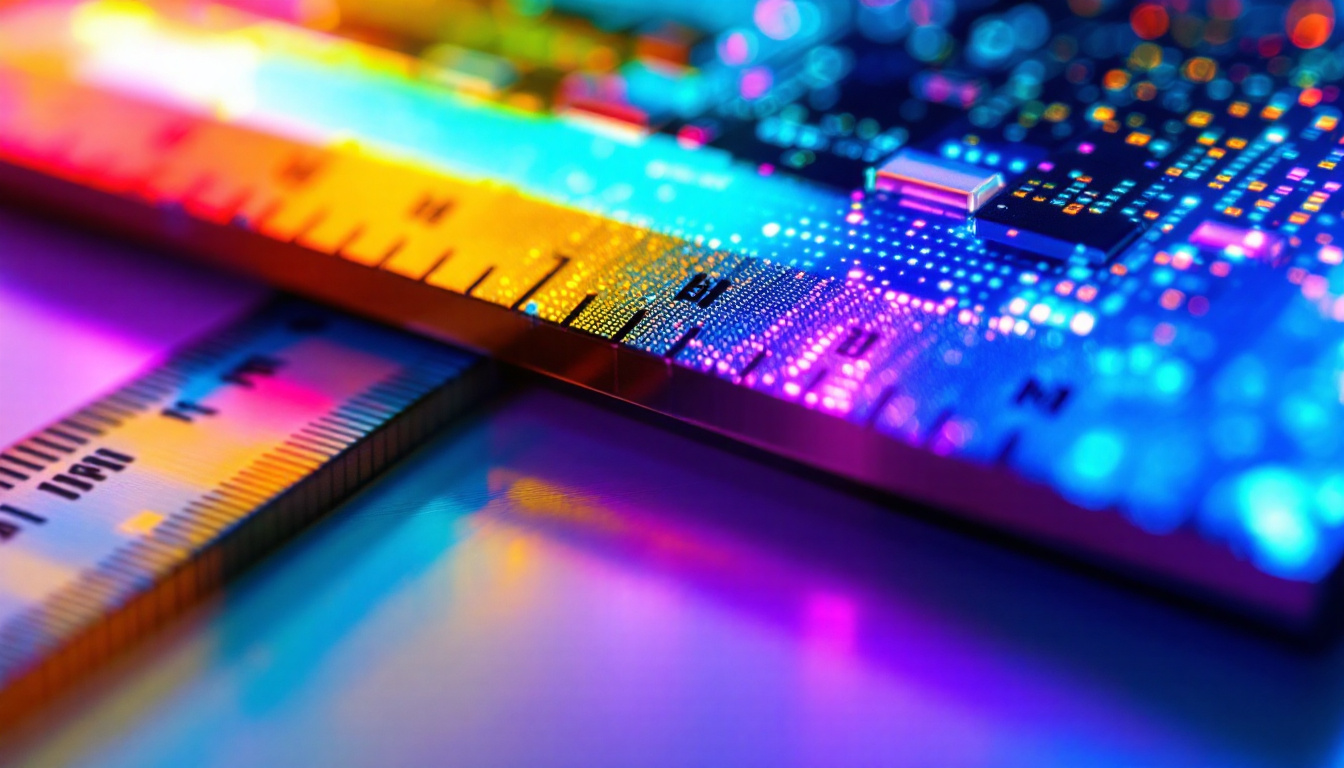In today’s digital age, the choice of a computer monitor can significantly impact productivity, gaming, and overall user experience. Among the various sizes and types available, the 25-inch computer monitor stands out as a versatile option that caters to a wide range of users. This article delves into the specifics of 25-inch LED displays, exploring their features, advantages, and considerations for potential buyers.
Understanding LED Technology
LED, or Light Emitting Diode, technology has revolutionized the way displays are manufactured and perceived. Unlike traditional LCD monitors that use fluorescent backlighting, LED displays utilize a series of tiny diodes to produce light, resulting in brighter images and improved energy efficiency. This shift in technology has not only transformed consumer electronics but has also found applications in various fields, including automotive lighting, streetlights, and even architectural designs, showcasing the versatility of LED technology.
How LED Displays Work
At the core of an LED display is a matrix of pixels, each consisting of red, green, and blue sub-pixels. When these sub-pixels are illuminated in various combinations, they create a full spectrum of colors. The LED backlighting enhances this process by providing a consistent light source, which improves brightness and contrast. The precision of LED technology allows for finer pixel arrangements, enabling manufacturers to create ultra-high-definition displays that can render images with astonishing clarity and detail.
There are two primary types of LED displays: edge-lit and full-array. Edge-lit displays use LEDs positioned around the screen’s perimeter, while full-array displays have a grid of LEDs behind the screen. Full-array displays typically offer better uniformity and contrast, making them ideal for tasks that require precise color accuracy. Moreover, advancements in local dimming technology within full-array displays allow for even greater control over brightness levels, enhancing the viewing experience by providing deeper blacks and more vibrant colors, especially in high dynamic range (HDR) content.
Advantages of LED Displays
LED displays present numerous advantages over traditional LCDs. One of the most notable benefits is their energy efficiency. LED monitors consume significantly less power, which not only reduces electricity bills but also contributes to a lower carbon footprint. This energy efficiency is particularly beneficial in large-scale installations, such as commercial displays and digital signage, where the cumulative savings can be substantial over time.
Additionally, LED monitors tend to have a longer lifespan than their LCD counterparts. This longevity is due to the durability of the LED technology, which is less susceptible to burn-in and other common display issues. Furthermore, LED displays often provide better color accuracy and faster response times, making them suitable for gaming and graphic design. The rapid advancements in LED technology have also led to the development of flexible and transparent displays, opening up new possibilities for innovative applications in retail environments and creative installations, where aesthetics and functionality seamlessly blend.
Features of a 25-Inch Monitor
The 25-inch monitor is an ideal size for various applications, from office work to gaming. This section explores the key features that make 25-inch LED monitors a popular choice among consumers.
Resolution Options
Resolution is a crucial factor in determining the quality of a display. Common resolutions for 25-inch monitors include Full HD (1920×1080) and Quad HD (2560×1440). Full HD is suitable for most everyday tasks, offering sharp images and text, while Quad HD provides a higher pixel density, resulting in even crisper visuals.
For professionals in fields such as graphic design or video editing, a higher resolution can significantly enhance the viewing experience, allowing for more detailed work. It is essential to consider the intended use of the monitor when selecting the appropriate resolution. In addition to these standard resolutions, some monitors also offer 4K options, which can be particularly advantageous for users who require extreme detail and clarity, such as photographers and videographers. The increased pixel count can make a noticeable difference when editing high-resolution images or video, providing a more accurate representation of colors and finer details.
Refresh Rate and Response Time
The refresh rate, measured in hertz (Hz), indicates how many times the screen refreshes per second. A higher refresh rate leads to smoother motion, which is particularly beneficial for gaming and fast-paced video content. Most 25-inch monitors come with refresh rates ranging from 60Hz to 144Hz, with the latter being ideal for competitive gaming.
Response time, measured in milliseconds (ms), refers to how quickly a pixel can change from one color to another. A lower response time reduces motion blur and ghosting, enhancing the overall viewing experience. For gaming, a response time of 1ms to 5ms is often preferred. Furthermore, many modern monitors also incorporate technologies like FreeSync or G-Sync, which help to eliminate screen tearing and stuttering during gameplay. These features synchronize the monitor’s refresh rate with the graphics card’s output, resulting in a smoother and more enjoyable gaming experience, particularly in fast-paced action games where every millisecond counts.
Ergonomics and Design
When selecting a monitor, ergonomics and design play a significant role in user comfort and aesthetic appeal. A well-designed monitor can enhance the workspace and promote better posture. The right monitor not only contributes to a visually pleasing environment but also supports productivity by minimizing physical discomfort, which can lead to distractions and decreased efficiency.
Adjustability Features
Many 25-inch monitors come with adjustable stands that allow users to modify the height, tilt, and swivel of the screen. This adjustability is crucial for maintaining an ergonomic setup, reducing neck and eye strain during prolonged use. Some monitors also offer VESA mounting compatibility, enabling users to mount their monitors on walls or adjustable arms for even greater flexibility. This feature is particularly beneficial for multi-monitor setups, as it allows for seamless alignment and optimal viewing angles, creating a more immersive experience for tasks such as gaming or graphic design.
Screen Coatings and Finish
The screen coating can affect the display’s glare and reflections. Anti-glare coatings are popular for office environments, as they reduce reflections from overhead lighting. On the other hand, glossy finishes can enhance color vibrancy but may be less suitable for brightly lit spaces. Additionally, some monitors are equipped with blue light filtering technology, which helps to reduce eye strain and fatigue during extended use, making them a great choice for late-night work sessions or gaming marathons. The choice of screen finish can also impact the overall aesthetic of the monitor, with sleek, modern designs appealing to those looking to create a stylish workspace.
Color Accuracy and Calibration
Another important aspect of monitor design is color accuracy, which is essential for professionals in fields like photography, video editing, and graphic design. Monitors that support a wide color gamut and come factory-calibrated ensure that users see true-to-life colors, which is vital for producing high-quality work. Many modern monitors also feature advanced calibration tools that allow users to fine-tune color settings to their specific needs, ensuring that every detail is rendered accurately. This attention to color precision not only enhances the visual experience but also fosters creativity by allowing users to trust their displays in critical projects.
Connectivity Options
Connectivity is another essential aspect to consider when choosing a 25-inch monitor. The available ports determine how easily the monitor can be integrated into an existing setup.
Common Ports
Most 25-inch monitors feature a variety of input options, including HDMI, DisplayPort, and VGA. HDMI is the most common interface for modern devices, supporting both video and audio signals. DisplayPort is often favored for high-resolution displays, while VGA may still be found on older equipment.
Additionally, some monitors come equipped with USB ports for added convenience, allowing users to connect peripherals directly to the monitor. This feature can streamline the workspace by reducing cable clutter.
Built-in Speakers and Additional Features
While many users prefer external speakers for superior sound quality, some 25-inch monitors come with built-in speakers. These can be convenient for casual use, such as watching videos or participating in video calls. However, for audiophiles or gamers, investing in a dedicated audio solution is often recommended.
Choosing the Right 25-Inch Monitor
With a plethora of options available, selecting the right 25-inch monitor can be daunting. Several factors should be considered to ensure the chosen monitor meets the user’s needs.
Intended Use
Understanding the primary purpose of the monitor is crucial. For general office work, a Full HD resolution with standard refresh rates may suffice. However, for gaming or graphic design, a higher resolution and refresh rate, along with features like adaptive sync technology, become more critical.
Budget Considerations
Price is often a determining factor in the purchasing decision. While there are budget-friendly options available, investing in a quality monitor can yield better performance and longevity. It’s essential to strike a balance between features and budget, ensuring that the monitor provides good value for the investment.
Maintenance and Care
Proper maintenance can extend the lifespan of a 25-inch monitor and ensure optimal performance. Regular cleaning and careful handling are crucial to preserving the display’s quality.
Cleaning the Screen
To clean the monitor, use a microfiber cloth slightly dampened with water or a specialized screen cleaner. Avoid using harsh chemicals or abrasive materials, as these can damage the screen’s coating. Regular cleaning helps maintain clarity and reduces glare from dust and fingerprints.
Software and Firmware Updates
Many modern monitors come with built-in software that may require updates. Keeping the firmware up to date can enhance performance and introduce new features. Users should check the manufacturer’s website periodically for any available updates.
Conclusion
In conclusion, the 25-inch computer monitor with LED display technology offers an excellent balance of size, performance, and versatility. With various features such as resolution options, refresh rates, and connectivity, these monitors can cater to a wide range of users, from casual office workers to dedicated gamers.
When selecting a monitor, it is essential to consider the intended use, budget, and ergonomic features to ensure the best fit for individual needs. With proper care and maintenance, a 25-inch LED monitor can provide a reliable and enjoyable viewing experience for years to come.
Ultimately, investing in a quality monitor is an investment in productivity and comfort, making it a worthwhile consideration for anyone looking to enhance their computing experience.
Discover LumenMatrix’s Advanced LED Displays
Ready to elevate your visual experience with a 25-inch LED monitor that embodies innovation and performance? Look no further than LumenMatrix, a pioneer in LED display technology. Our extensive range of solutions, from Indoor and Outdoor LED Wall Displays to specialized options like Vehicle and Sports LED Displays, is designed to meet the diverse needs of our clients. Whether you’re seeking to boost brand visibility or create an immersive environment, LumenMatrix’s cutting-edge displays are engineered to captivate and engage. Check out LumenMatrix LED Display Solutions today and transform your space with unparalleled clarity and impact.

